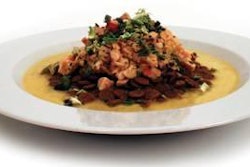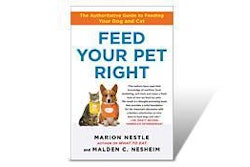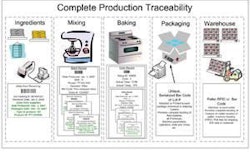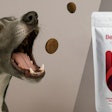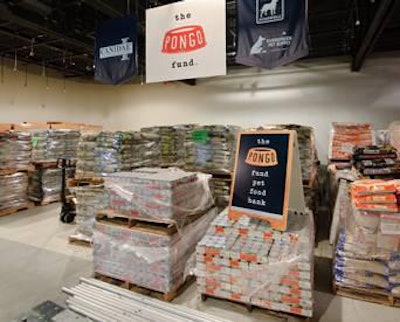
According to Betsy Banks Saul, CEO and founder of Petfinder.com, pet parents want to know about their petfood brand's charitable donations and how the company is addressing animal welfare in their communities. The best way for manufacturers to both partner with an adoption group or foster network and position themselves in a positive public light is to embrace their role in the increasingly open animal welfare discussion in the media, both social and traditional. Banks Saul recommends the following to petfood manufacturers:
- Instigate—Watch out for and identify new trends, create new conversations and frame the future;
- Catalyze—Highlight proactive programs in your community and bring people and their ideas together; and
- Reiterate—New information needs to be introduced several times and framed several ways to gain momentum, so use your traditional and your new social networks to saturate consumers.
Above all else, Banks Saul says emphasizing that pets are family is the very best way to get your brand's animal welfare mission across. Does your point of view of pets as family members ring through everything you produce? It's your job to make sure it does!
Solid Gold Health Products for Pets is an example of this sort of philosophy. In April 2012, the petfood company snagged headlines with the announcement, "Largest Donation of Pet Food Ever Made in Connecticut" when they lent support to the Society for the Prevention of Cruelty to Animals of Connecticut animal shelter with a donation of 43,375 pounds of Sun Dancer dry dog food. “Our friends at Solid Gold have donated US$1 million worth of its superpremium chicken and fish dog food product to 15 animal rescue organizations across the country. We applaud the generosity of corporations that give back to communities by providing food to help save homeless animals,” the SPCA said in a press release.
“Solid Gold Health Products for pets was founded over 40 years ago to provide pets worldwide with holistic nutritional products. Solid Gold shares the SPCA of Connecticut’s mission and philosophy and is pleased to contribute to its cause with this donation,” said Steve Wirick, chief sales officer for Solid Gold.
At this year's annual Petfood Forum, Elizabeth Asher and John Kane of the Rescue Bank—a charitable petfood bank network of 30 distribution centers that has delivered more than 25 million meals in 40 states—spoke to industry leaders about the benefits of partnering with rescues in their donation programs. Attendees acknowledged some of the problems that manufacturers have managing their donations such as verifying groups, tracking donations and lot numbers or maintaining uniform policies across all of their facilities.
Asher and Kane covered some of the benefits that the industry could get from working with the Rescue Bank network. Volunteers and staff at animal welfare groups are a key source of information for adopting families, providing recommendations for food and other pet products and services. Manufacturers want better access to, and stronger relationships with, these volunteers and staff and establishing a partnership with a group will open these lines of communication. According to the Rescue Bank representatives, there are three audiences that manufacturers want to engage: the animal welfare community, pet owners and regulators. A food bank network collects information from, and can help deliver messages to, all three audiences.
As an industry, we should recognize that better information exchange creates stronger relationships. Lastly, the most visible part of a food bank network is the logistics operation—picking up donations and shipping them to distribution affiliates. Since the network pays the freight, manufacturers save hundreds of thousands of dollars that they previously spent on freight and, in some cases, landfill disposal.

